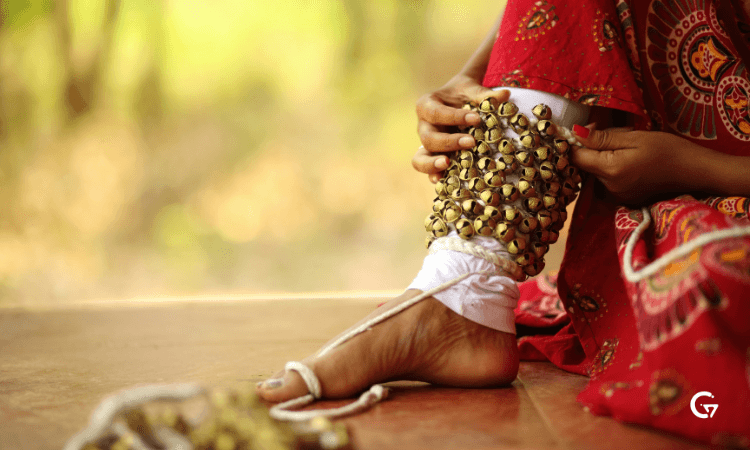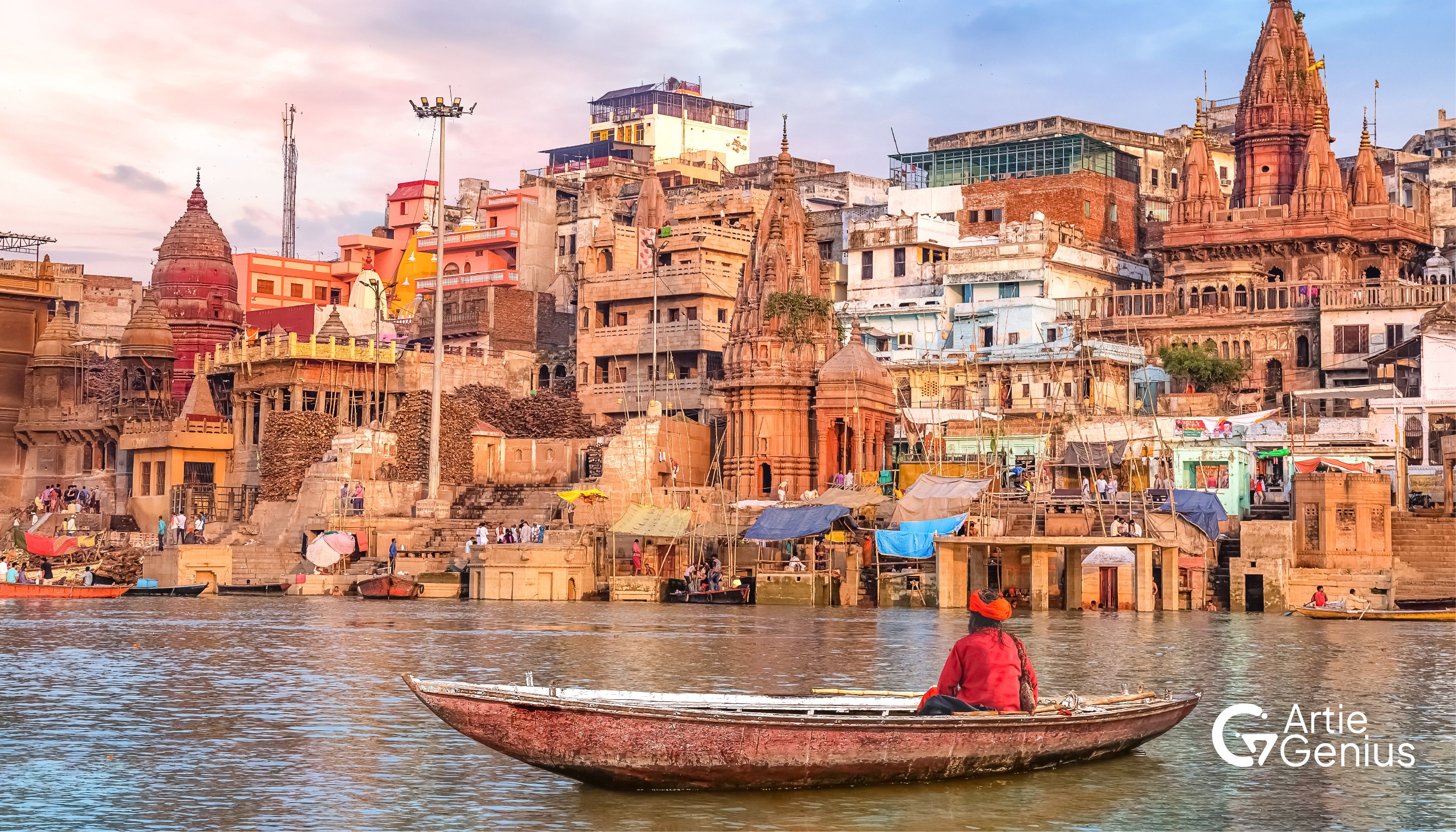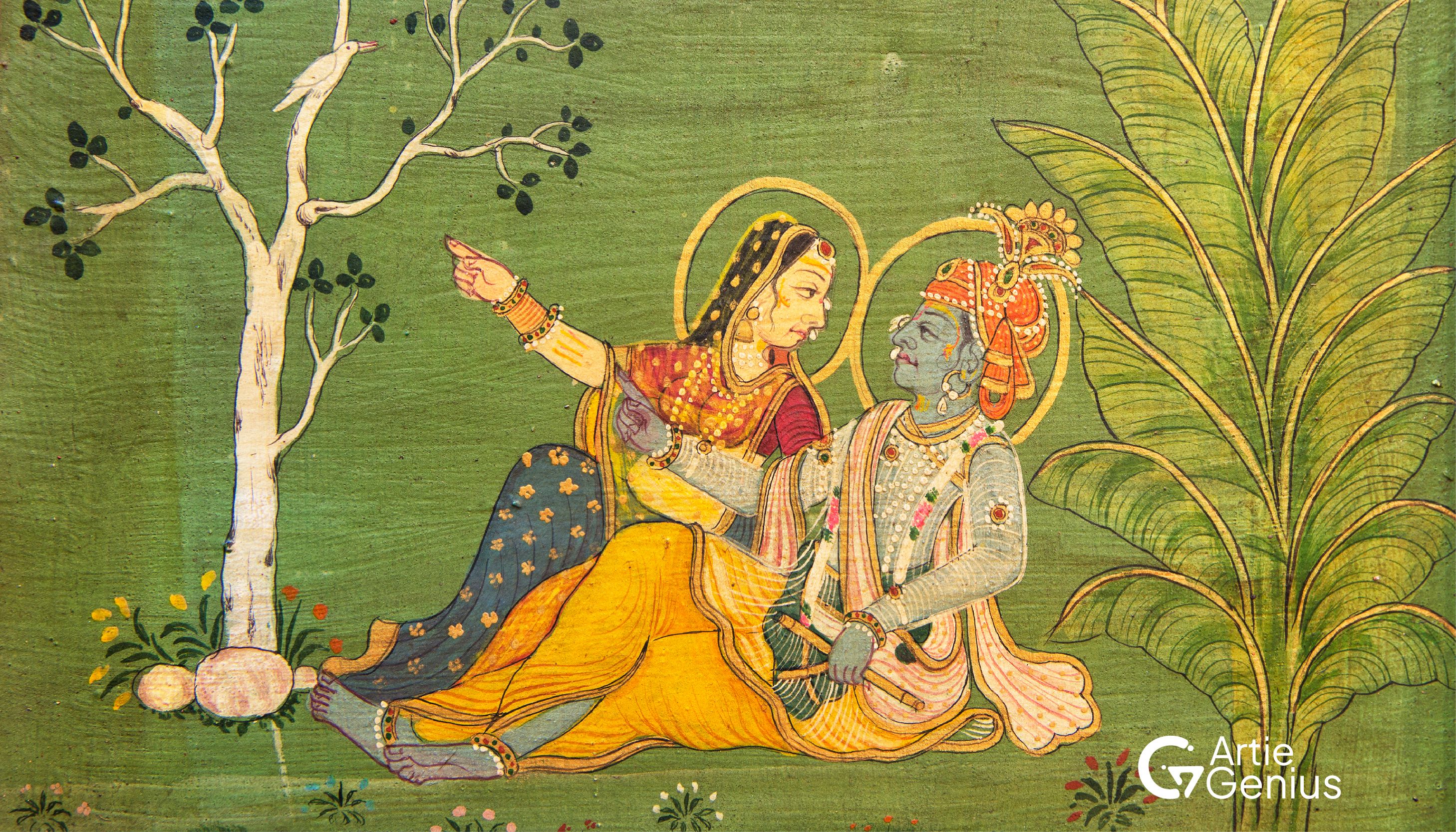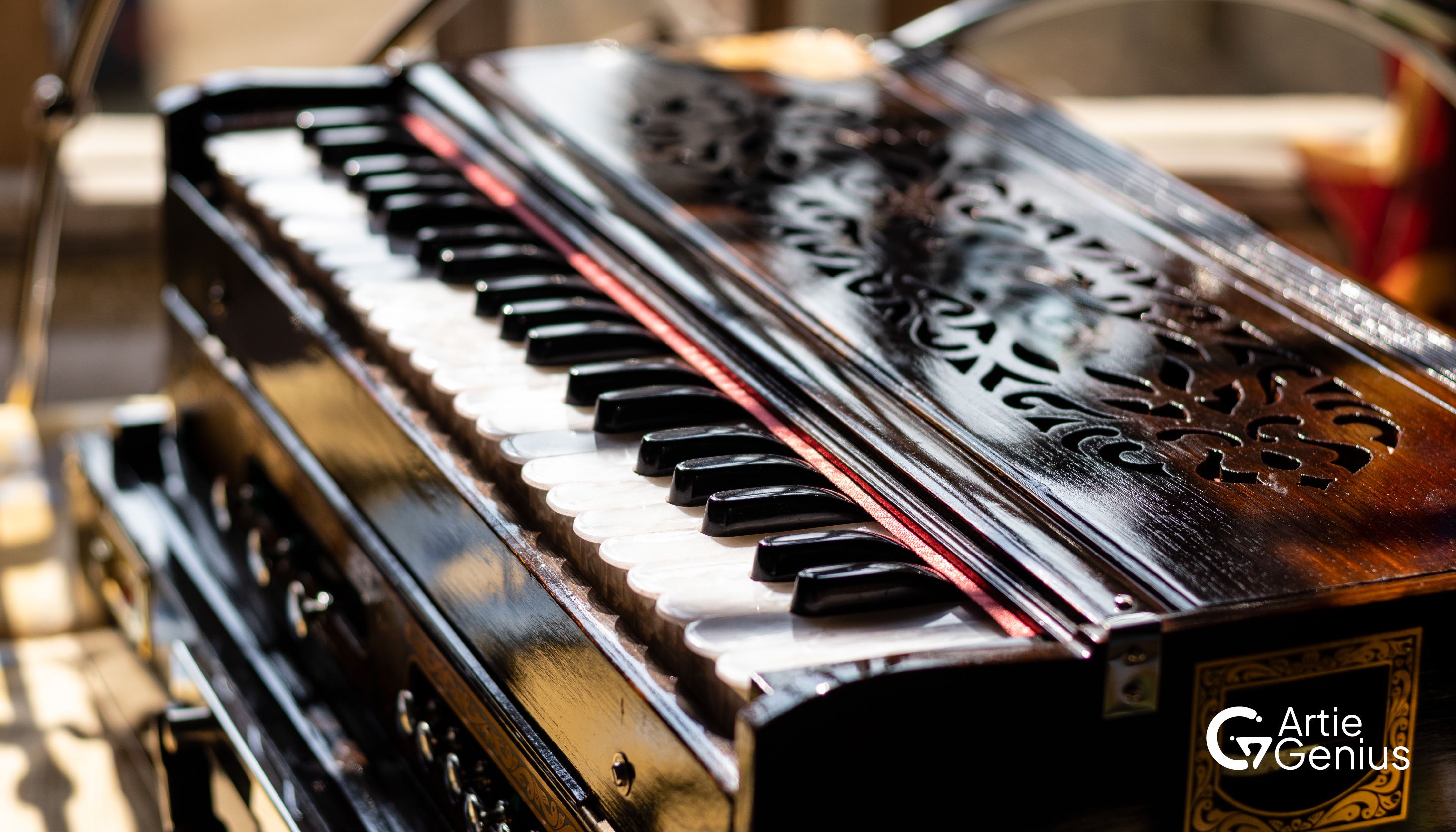Kathak, the one of the most graceful forms of classical dances belonging to the northern part of India, narrates the tales with intricate footwork, dynamic spins, and moving hand gestures. Some of the most famous dancers that had been the epitomes of this revered form and were influencing generations as they filled the Indian landscape of art with their presence. Read here about the history of this dance form - Kathak.
Origins and Evolution of Kathak
Kathak is born of ancient storytelling. It first emerged along with the Kathakars, or storytellers, who used gestures and dance to narrate epic tales. Permeating Persian influences under the Mughal and Rajput courts, the Hindu spiritual themes remained. Today it remains a balance of grace, expression, and rhythm—it's a dynamic mixture of the past and the present.
1. Pandit Birju Maharaj - the Maestro of Kathak
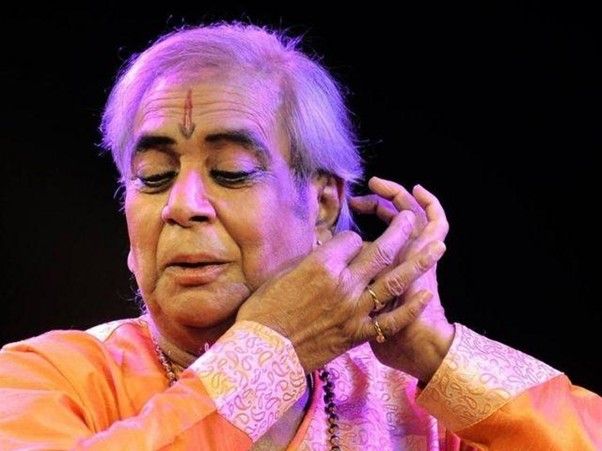
Pandit Birju Maharaj is born in a Kathak legacy. Born into the Lucknow Gharana, he spread the canvas and artistry of Kathak.
Style & Contribution: He is known for the intense abhinaya of his style and for telling his stories with great fineness. He modernized the art of Kathak with creative choreography and involvement in films.
Awards: He was also a Padma Vibhushan awardee and is said to be one of the greatest and famous Kathak dancers India has ever had.
2. Smt. Sitara Devi : The Queen of Kathak
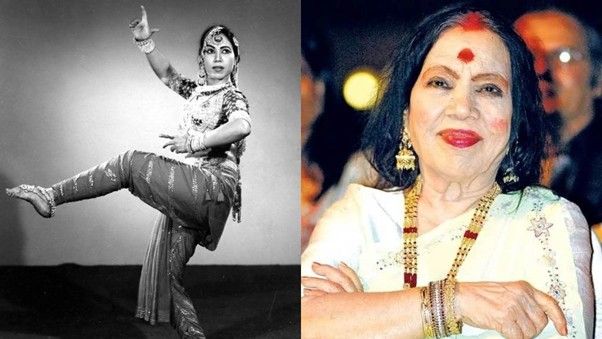
Early Life: Known as "Kathak Queen, Sitara Devi began performing as a young girl, breaking gender stereotypes in an era when Kathak was mainly performed by men. Legacy & Impact: Her kaleidoscopic style sheared Kathak for world audience, and her gesticulatory movements earned international fame for this art work. She even performed Rabindranath Tagore, who described her the "living embodiment of dance."
3. Shovana Narayan: Visionary Choreographer
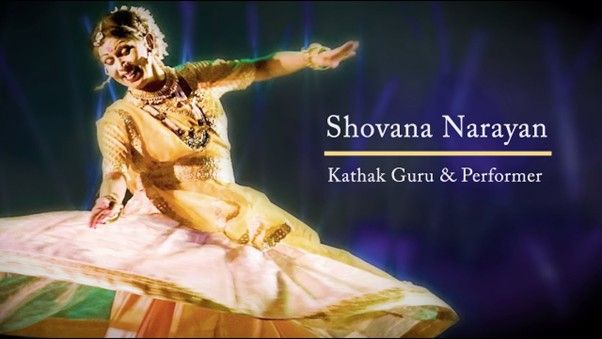
Improvisations: Shovana Narayan is acknowledged for infusing the pristine Kathak with contemporary motifs, which she incorporates as a means of articulating social concerns in the choreography.
Career Achievements: She is a Padma Shri recipient and taught and mentored new talent in the field of dance. She led workshops around the world that enhanced the popularity and social value of Kathak.
4. Kumudini Lakhia: The Experimental Artist
Contributions to Kathak: She was a legendary exponent of contemporary forms. She founded the Kadamb School of Dance and Music to initiate a fresh wave of artists in the field of Kathak. Notable Works: Kumudini's style has always been to break away from conventional narrative structures, which gives it a fresh outlook while at the same time retaining the essence of Kathak.
5. Raja and Radha Reddy: The Dynamic Duo
Dance Partnership: Known for their perfect duets of Kathak, Raja and Radha Reddy brought the spotlight to Kathak as a performance art through national and international stages. Legacy: With numerous accolades under their belt, which includes the Padma Bhushan, they have left behind a legacy in terms of being India's prominent and famous Kathak dancers, not to mention their use and propagation of Kathak through Indian cinema.
6. Uma Sharma: The Poetic Soul of Kathak
Personal Style: Full of poetry in their moves, Uma Sharma has found an ethereal, melodious quality that can pierce the hearts of any one who sits before the screen. Achievements: She receives Padma Bhushan; her emotional intensity creates a celebrated Indian dance icon who has excelled in traditional Indian classical dancing.
7. Pandit Gopi Krishna: Bollywood Kathak Icon
Uniqueness: Gopi Krishna will be remembered as a star of Bollywood cinema, more for his extremely fast pace of footwork and incredible energy that went into infusing Kathak dance into every Hollywood and Bollywood style of Bollywood cinema, elevating Kathak from traditional art into a cinematic piece.
Movie Contribution: His dance in the film has left an impression among the masses and made him one of the most famous Kathak dancers who tried to integrate the classical dances with the film.
8. Chitresh Das: Global Icon of Kathak
Global Impact: Chitresh Das contributed to the world by providing Kathak in the Western world and was a harbinger for this art. Innovation and Integration: This artist incorporated Kathak by telling stories in his art, and thus, attracted all sorts of people and their appreciation for the performances.
9. Aditi Mangaldas: Rethinking Kathak in the Modern Context
Current Impact: She is, of course, known to break boundaries because she injects contemporary into Kathak, making it a genre of its own unique kind.
Success: She does work with the Drishtikon Dance Foundation as well, doing progressive Kathak, making her one of the most famous Kathak dancers in India for all those looking for something as traditional as possible and also innovative.
10. Maulik Shah and Ishira Parikh: The Twin Synchronized Stars of Kathak
Performance Style: This couple gives totally synchronous performances that perfect the versatility and attraction in Kathak. They carry young energy along with contemporary themes into Kathak's performance.
Global Outreach: It is through their tours that Kathak has entered into international stages, as from the fact that this form of dance was made to prove its versatility and beauty in Indian classical dances.
Indian Influence on Modern Dance/Film
Many of these Indian celebrities inspired Bollywood and modern dance. Kathak through the efforts of dancers such as Pandit Birju Maharaj, Gopi Krishna, and Aditi Mangaldas was included in Indian cinema. Such a rich blend of abhinaya, footwork, and rhythmic narration in films inspires young learners to learn and innovate in this art form.
Why these artists stand out among the Famous Kathak dancers in India
Each of these gurus has contributed uniquely to Kathak's narrative:
- Pandit Birju Maharaj and Sitara Devi expanded the classical appeal of Kathak and took it to a global audience.
- Aditi Mangaldas and Kumudini Lakhia brought experiments to this art form by opening up new doors of evolution in Kathak.
- Raja and Radha Reddy along with Chitresh Das have made Kathak globally popular and brought tradition merged with creativity.
Conclusion
These super Kathak dancers are guardians of tradition who continuously introduce fresh interpretations yet manage to make the form both modern and reverent. Dedicated and creative, these world-famous Kathak dancers in India have ensured the cultural substance of Kathak remains vibrant and alive with its influence worldwide. The heritage is permanent, making Kathak an alive, cherished element of India's traditional arts that captivates the senses of audiences globally.

